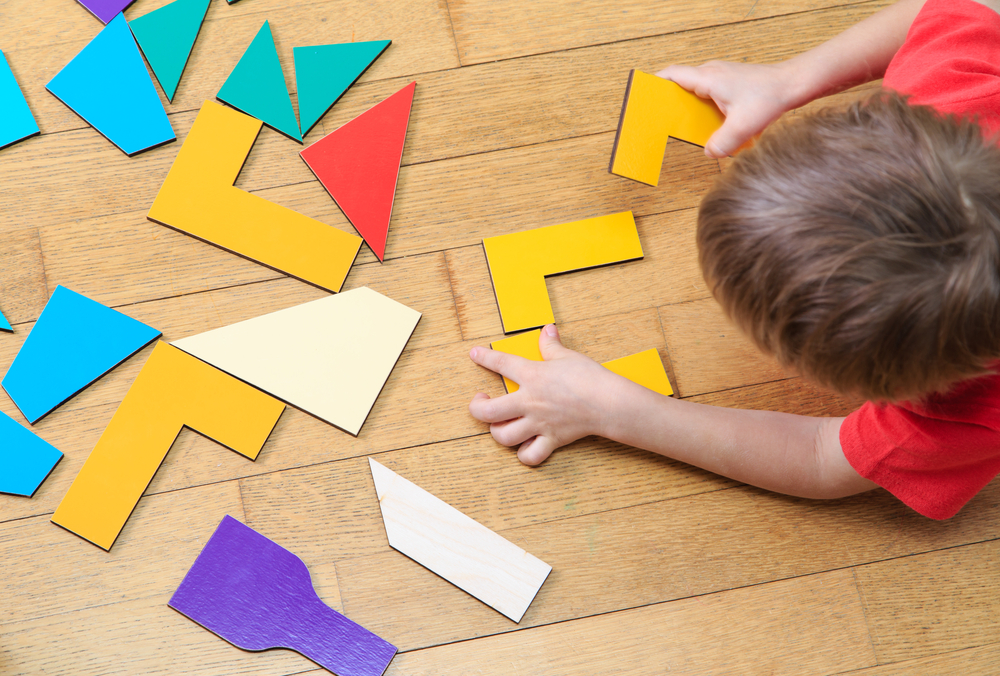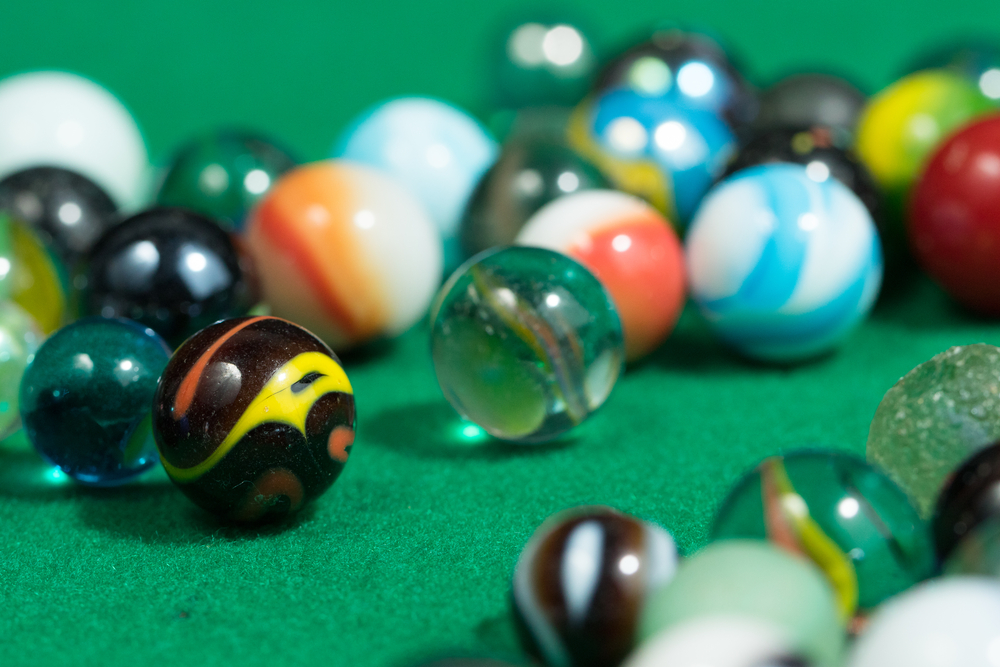Shabbat
Can Kids Play Games on Shabbat? A Torah-Based Guide for Parents
What games are permitted on Shabbat? Is it okay to blow up a balloon? What about puzzles and toy cars? A halachic (Jewish legal) guide to playing games on Shabbat
- Shabbat in Halacha and Aggada
- |Updated

The Purpose of Shabbat: Joy Through Torah, Prayer, and Rest
Shabbat was given to us as a day to elevate both body and soul. It is meant for Torah study, meaningful meals, and restorative rest. As the Sages taught: “A person should rise early and study on Shabbat, go to synagogue and beit midrash (study hall), read from the Torah and Prophets, then return home to eat and drink, fulfilling the verse, ‘Go, eat your bread with joy, and drink your wine with a glad heart.’” (Kohelet 9:7). Rabbi Yehoshua of Sichnin, quoting Rabbi Levi, added: “Whoever delights in Shabbat will be granted their heart’s desires. ‘Delight in Hashem, and He will grant you the desires of your heart’” (Psalms 37:4).
Because Shabbat is meant to be spiritually enriching, activities like sports and games are generally discouraged for teens and adults. Halachic (Jewish legal) discussions about games primarily apply to young children.
A brief story illustrates this point: About fifty years ago, the revered Sephardic Chief Rabbi of Israel, the late Rabbi Ovadia Yosef, lived on Elkana Street in Jerusalem’s Tel Arza neighborhood. Every Shabbat afternoon, on his way to give a Torah class, he would encounter boys playing ball. Gently, he would take the hand of one boy, the leader of the group, and bring him along. Naturally, the others followed, attending the class and eagerly drinking in his words of Torah.

Children’s Toys: Children under bar mitzvah (age 13) may play with toys that do not operate with electricity or batteries. Adults may hand these toys to children without issue.
Board Games: Games involving transactions, selection (like drawing cards from a pile), or sorting pieces should be avoided. Instead, a child should choose a card and leave the others untouched. Pieces should not be sorted or organized after play. Parents should review game contents before Shabbat to ensure they don’t contain items like crayons, sewing tools, or other muktzeh (prohibited) objects.
Lego and Puzzles: Children may build and dismantle Lego structures or towers, as these are not considered permanent. Puzzles with different pictures, such as the Exodus or Jewish holidays, as well as puzzles with letters or captions, are permitted.
Balloons: Inflating balloons is allowed, but tying them closed is not, as it forms a knot that may not be untied. Balloons may be sealed with a rubber band instead.
Rattles and Bells: It is prohibited to shake a rattle or bell for a baby on Shabbat. The Shulchan Aruch rules against using sound-producing objects like rattles, lest one come to fix a musical instrument. However, if a mobile with bells is hanging above the baby’s crib and makes sound naturally when the baby moves, this is permitted.
![]()
Sandbox Play: Sand is considered muktzeh unless it has been designated for use before Shabbat. Dry sandbox sand is permitted for play. If the sand is damp, children aged 6 and up (who are old enough to understand and be taught about Shabbat) should be taught not to play in it on Shabbat.
Marbles and Jacks: These may be played on paved surfaces, but not on dirt or grass, to avoid the halachic issue of digging or leveling the ground.
Swings and Jump Ropes: If a swing is tied directly to a tree, it may not be used on Shabbat. However, if it is attached to a peg driven into the tree, and the tree is sturdy, it may be used. Children may also jump rope on paved ground.
Riding Toys: Young children (under age six) may ride on tricycles or toy cars, as they are clearly toys. They may also play with push toys that make noise, as long as the sound is not musical. Wind-up toy trains are also allowed.
Ball Games: The Shulchan Aruch states explicitly that ball games are prohibited on Shabbat and Yom Tov. As the Talmud Yerushalmi recounts, the city of Shimon was destroyed because its residents played ball on Shabbat. Still, small children may be allowed to play with a ball on paved surfaces.
Conclusion
Shabbat is a sacred day set aside for holiness, joy, and connection with Hashem. While young children may engage in simple forms of play, teens and adults are encouraged to use the time for prayer, Torah, and oneg Shabbat (pleasures of Shabbat). As Rabbi Ovadia Yosef showed with warmth and wisdom, gently guiding the next generation toward meaningful engagement can leave a lasting impact and deepen our collective appreciation for the beauty of Shabbat.


